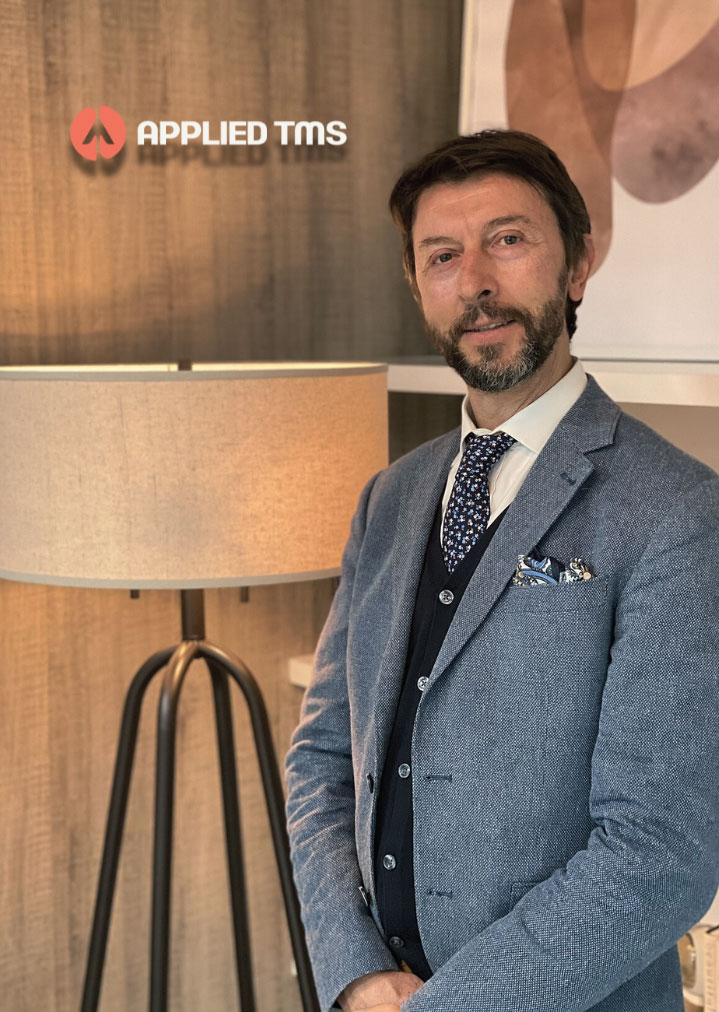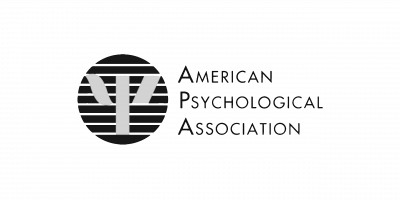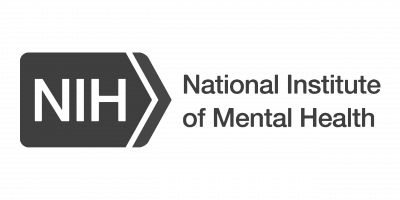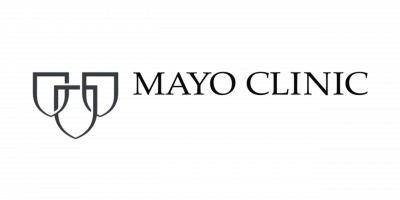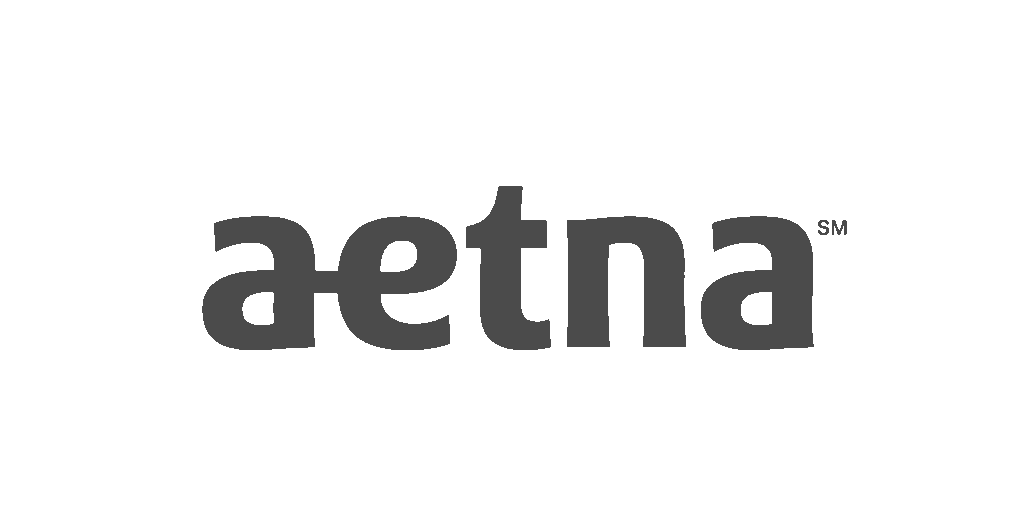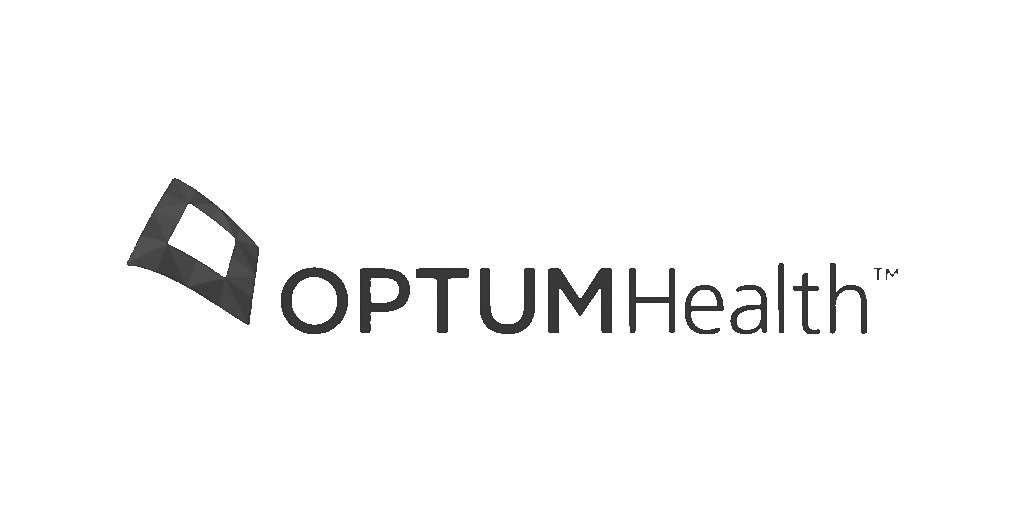When Medication Isn’t Enough — This Is.
When medication hasn’t brought relief, Applied TMS delivers a clinically proven, FDA-cleared treatment that stimulates key areas of the brain to improve mood and restore function.

HOW TMS WORKS
Transcranial Magnetic Stimulation uses precise, MRI-strength magnetic pulses to activate specific areas of the brain involved in mood regulation. The treatment is non-invasive, requires no anesthesia, and does not involve electrical currents or seizure induction. Most patients describe the sensation as a light tapping on the scalp during each session. Over a series of treatments, these targeted pulses help re-establish healthy neural activity—improving communication between brain regions and reducing symptoms of depression. Sessions are completed in an outpatient setting, allowing you to return to your normal activities immediately afterward.
Treatment Focus
Change That Doesn’t Take Months
Applied TMS delivers targeted treatment for depression, OCD, anxiety-related disorders, and other mood conditions, providing effective options when medications fall short and often producing measurable improvement within weeks.
Insurance Accepted
We accept insurance and are in-network with major providers, including:
the science
The Research That Powers TMS
TMS delivers more than double the remission rate for treatment-resistant major depression compared to standard care
Remission Rates
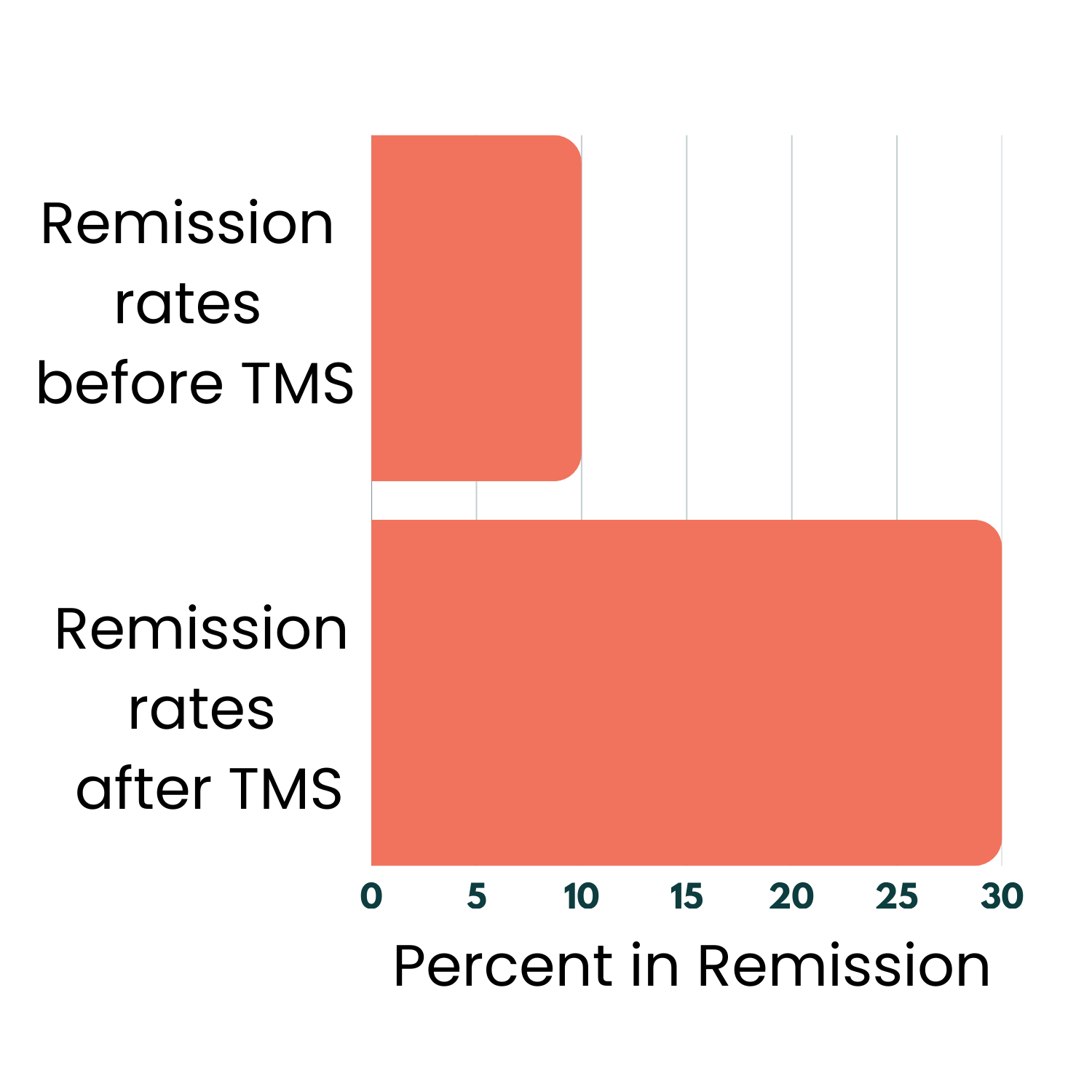
*Clinical TMS Society
Of those with treatment resistant depression experienced major symptom improvement.
Major Symptom Improvement
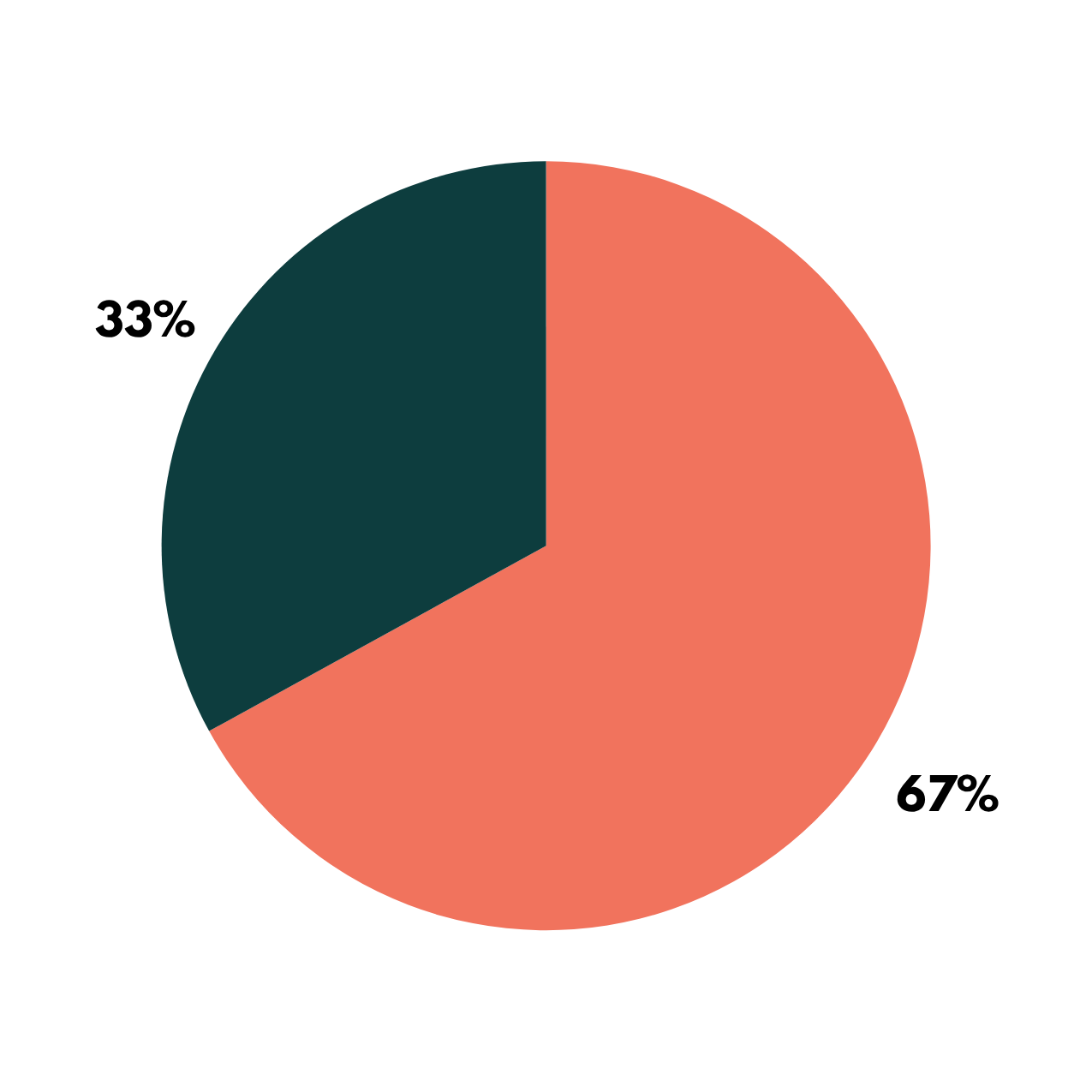
O’Reardon et al., Biological Psychiatry
Over a 50% reduction in OCD symptoms in patients after a full treatment course of TMS sessions.
OCD Symptoms
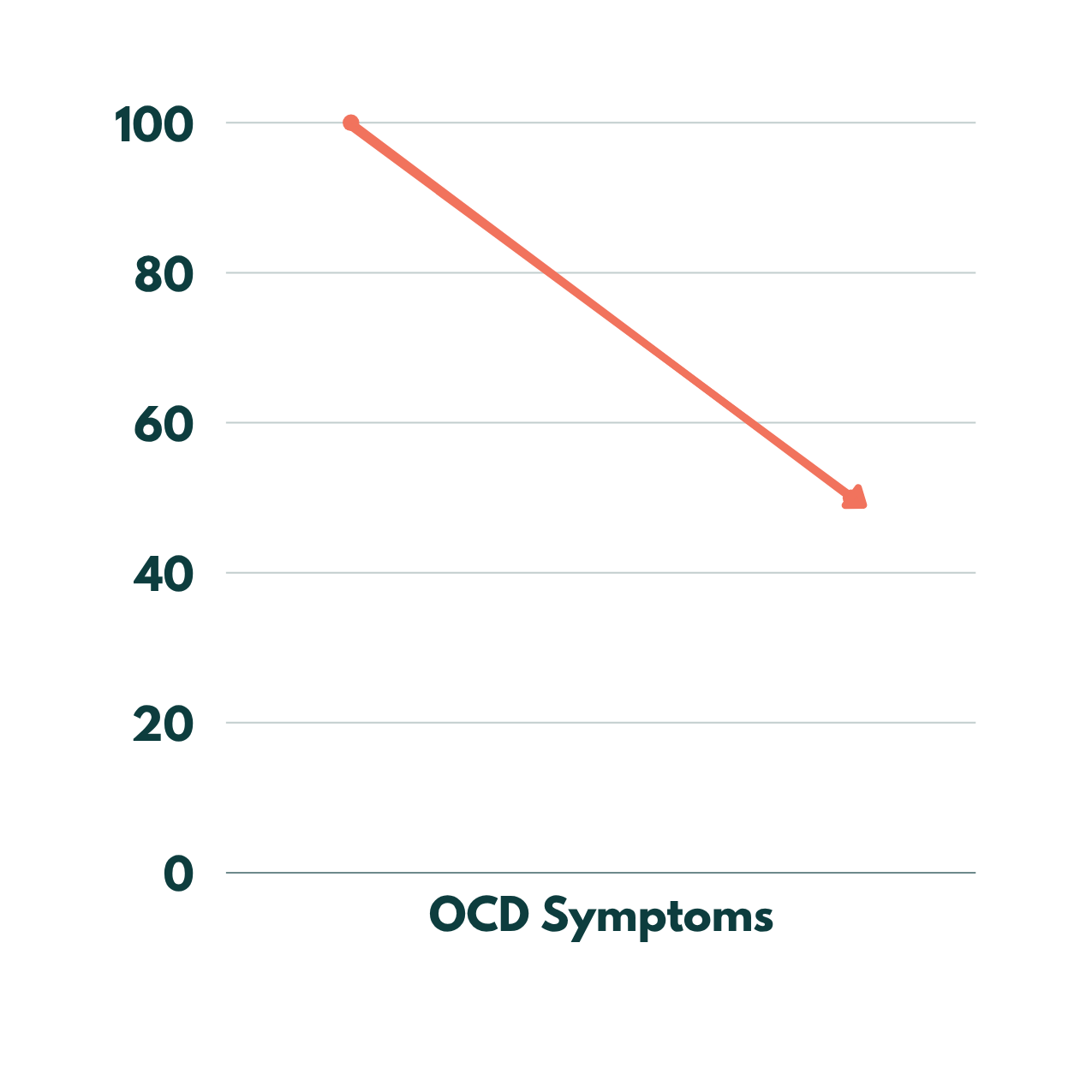
Carmi et al., American Journal of Psychiatry
Reported improvement in their daily functioning and quality of life.
Quality of Life
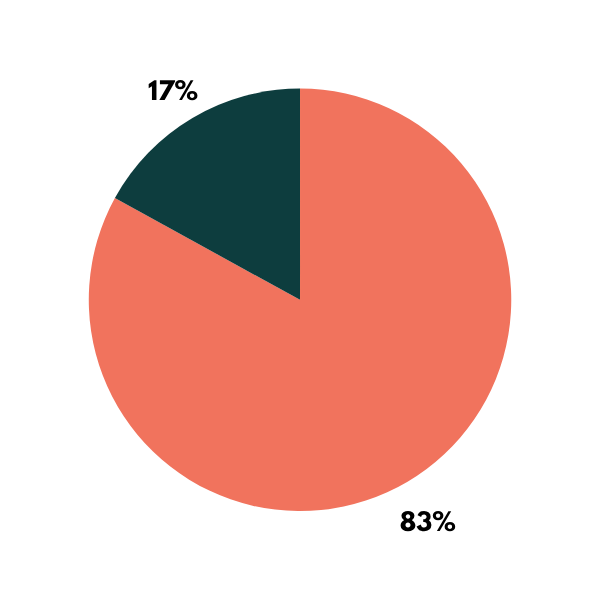
McClintock et al., Journal of Clinical Neurophysiology
What to Expect
Frequently Asked Questions
Is TMS safe?
es. TMS is FDA-cleared, non-invasive, and has been proven safe in numerous clinical studies. Side effects are generally mild and temporary, such as scalp discomfort or headache.
How soon will I feel better?
Many people begin noticing improvement within 2–4 weeks of starting treatment, with benefits building as sessions progress.
Does TMS hurt?
Most patients describe TMS as a light tapping sensation on the scalp. There’s no anesthesia, no recovery time, and you can drive yourself home after each session.
Our Difference
The Edge in TMS Treatment
Applied TMS brings together scientific innovation, clinical expertise, and advanced technology to achieve results when standard care hasn’t worked. Under the leadership of Dr. Antonello Bonci—a world-renowned neuroscientist and former Scientific Director at NIDA—we apply protocols grounded in decades of research to treat depression and OCD with precision. Our FDA-cleared systems, integrated mental health services, and individualized approach give patients a measurable advantage in achieving meaningful relief.




